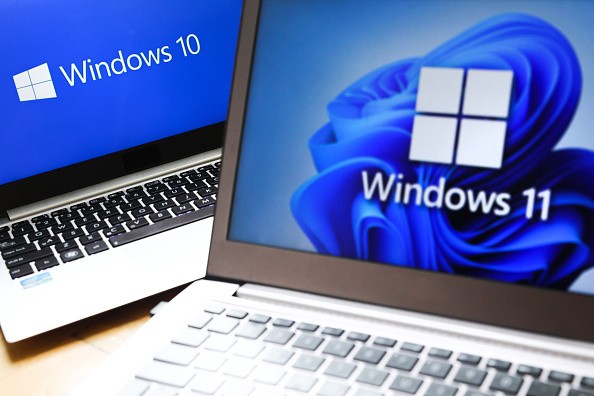Microsoft Edge 100 update comes with a massive performance boost thanks to its new sleeping tabs feature, making the web browser much more responsive than it was before.

Microsoft Edge 100 Update
The built-in web browser on Windows, Microsoft Edge, which succeeded the Internet Explorer, has released its version 100, following other rivaling apps like Google Chrome and Firefox.
According to a recent report by Bleeping Computer, the Microsoft Edge version 100 brings both the performance and responsiveness of the web browser to the next level.
Microsoft Edge 100 Performance Boost
One of the most notable upgrades in the latest version of the Windows browser is the improved iteration of its sleeping tabs feature, which vows to significantly change the overall experience of Edge.
The tweaked sleeping tabs feature on Microsoft Edge attempts to allow users to run the web browser without taking too many resources from a PC, such as its CPU and power.

It comes even as there are a plethora of tabs opened simultaneously, which has been the habit of most users these days-even for light users who merely browse the web for personal endeavors.
Read Also : Microsoft Edge Auto Alt Text Image Feature To Help Browser Users With Low Vision-Even Blind Individuals
Microsoft Edge Sleeping Tabs: How it Works
It is worth noting that the sleeping tabs on Edge are not an entirely new feature. In fact, it has been there for years now, Bleeping Computer noted in the same report.
It debuted on the version Beta 88 of the browser way back in December 2020, wherein it brought performance boosts for devs and other users testing out new features.
According to a recent report by XDA Developers, Microsoft claimed that the new sleeping tabs on Edge now put more tabs to sleep, roughly 8 percent of the simultaneously opened tabs.
In turn, the software tech giant said that the sleeping tabs could bring down the CPU usage of Edge by up to 99 percent. What's more, it also promises to save up to 85 percent of memory usage.

On top of that, Edge now visualizes how much PC resources are being saved via its Performance section. It can be found in the top-right corner of the browser.
Despite that, it turns out that Microsoft did not mention the new sleeping tabs feature on its release notes, even as it is one of the biggest highlights of the version 100 update.
Related Article : Windows 11 Pushes Microsoft Edge as Default Browser by Making Switching More Difficult
This article is owned by Tech Times
Written by Teejay Boris
ⓒ 2025 TECHTIMES.com All rights reserved. Do not reproduce without permission.




